What characteristics should a qualified cotton wrap film surface have
2025-10-11
A qualified cotton wrap film’s surface holds key clues to its overall quality and performance, directly influencing how well it protects cotton bales and adapts to cotton picker operations. Recognizing these surface characteristics helps users avoid inferior products and ensure reliable use.
First, the surface should be smooth and uniform without irregularities. There should be no visible bumps, pits, or raised lines that could disrupt the film’s ability to wrap tightly around cotton bales. A smooth surface allows the film to unroll consistently from the roll, preventing snags or tears during operation—issues that could lead to loose bales or wasted material. Evenness also ensures the film adheres evenly to itself when wrapped, creating a secure seal that resists moisture and dust. Any unevenness, such as thickened spots or thin, transparent patches, may indicate poor manufacturing control and signal weaker structural integrity.
Second, the surface should have consistent transparency or opacity, depending on the intended use. For most cotton wrap films, a clear or slightly translucent surface is preferred, as it allows users to inspect the cotton bales inside for moisture, mold, or damage without unwrapping. The transparency should be uniform across the entire film—no cloudy areas, streaks, or discoloration that could obscure visibility. If the film is designed to be opaque , the color should be consistent with no faded spots or uneven pigment distribution. Discoloration, such as yellowing or grayish tints, often suggests material degradation or the presence of impurities, which can weaken the film over time.
Third, the surface should have appropriate tackiness without being overly sticky. Qualified wrap film needs enough surface adhesion to stick to itself when wrapped, ensuring the bale stays tight during transportation and storage. When lightly pressed between two fingers, the film should feel slightly sticky but not leave residue on the skin. If the surface is too sticky, it may clump together on the roll, making it hard to unroll or causing layers to tear when separated. If it lacks tackiness, the film will not seal properly, leading to loose wraps that can unravel. This balance of tackiness is critical for both application ease and long-term bale stability.
Fourth, the surface should be free of contaminants or defects. There should be no visible dust, dirt, or foreign particles embedded in the film—these can create weak points where the film might tear, and they could transfer to the cotton bales, contaminating the seed cotton. Additionally, the edges of the film should be clean and straight, with no fraying or jaggedness. Frayed edges often lead to tearing during unrolling, while foreign particles can damage the cotton picker’s wrapping mechanism over time. A clean surface also indicates careful manufacturing and handling, reducing the risk of hidden defects.
Finally, the surface should show no signs of oxidation or degradation. Even new film should have a fresh, intact surface—no dry, brittle patches or areas where the material appears to be breaking down. Oxidized surfaces may feel rough to the touch or have a chalky residue, which indicates the film’s polymers have started to break down, reducing its tensile strength and flexibility. Such film will likely fail quickly during use, either tearing when stretched or losing adhesion after wrapping. A intact, non-degraded surface ensures the film retains its performance properties for the duration of its shelf life and use.
You Might Also Like
-
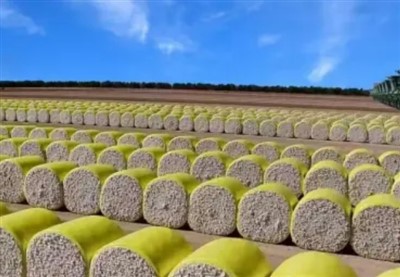
what are the advantages of cotton packaging film
-
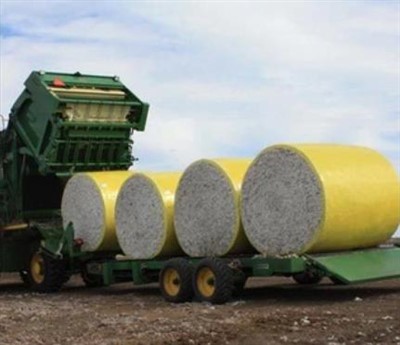
The Advantages of Cotton Wrap Film
-
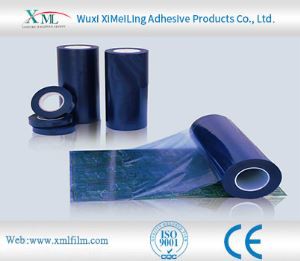
How does pe protective film cope with high temperature environment
-
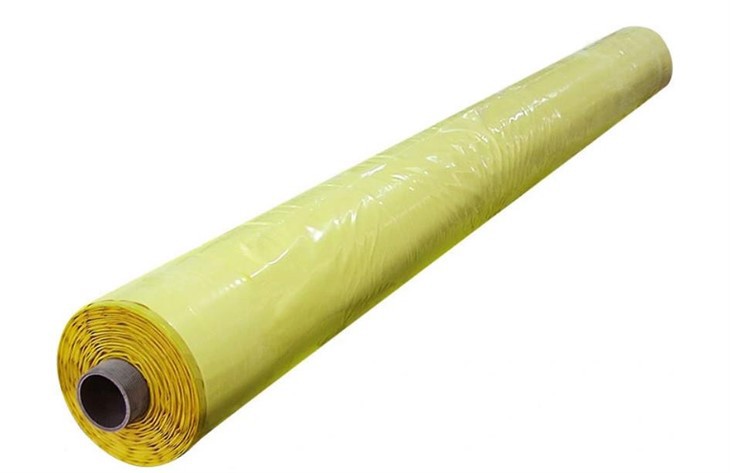
Advantages of Cotton Bale Wrap Film
-
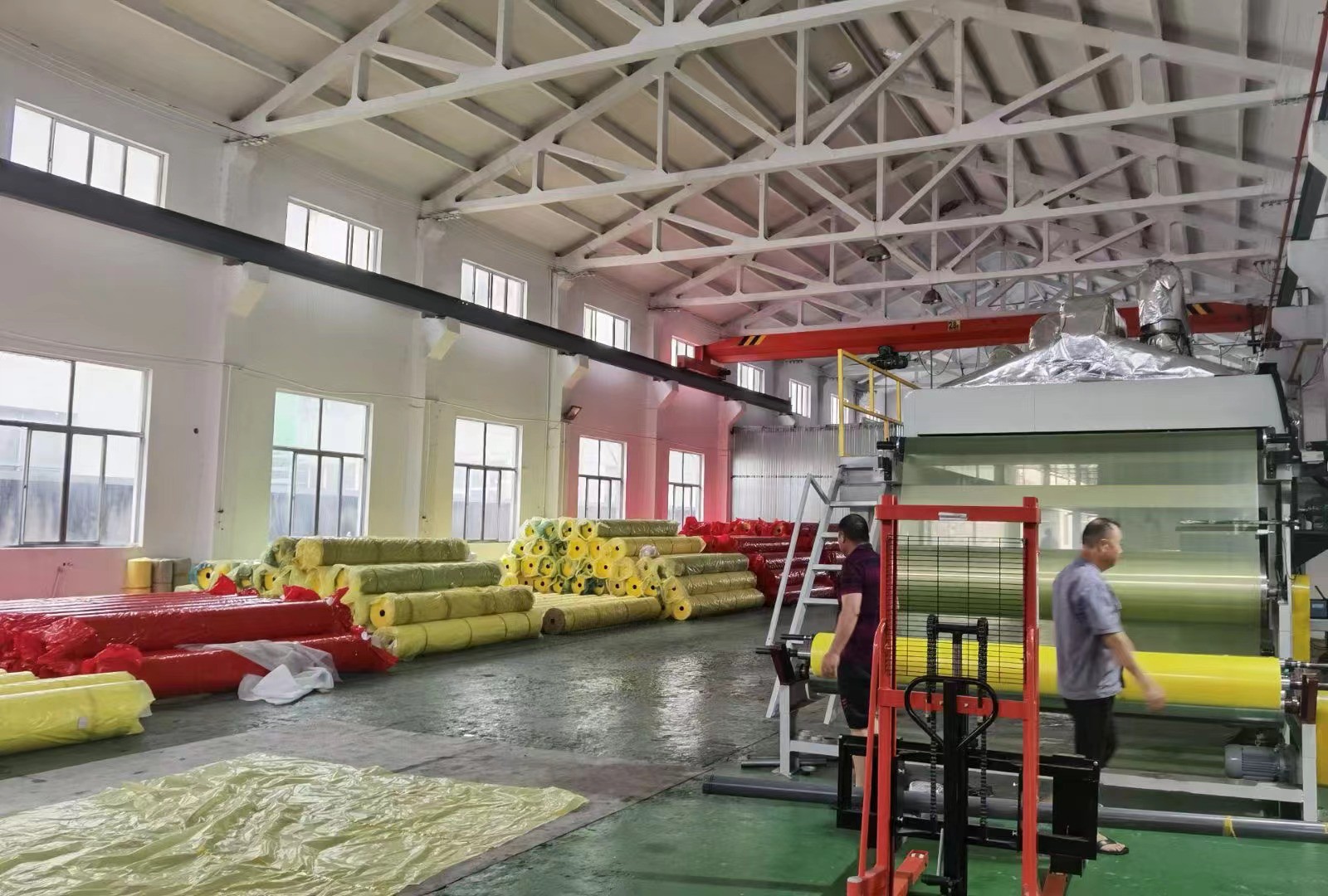
Storage method of cotton bale wrap film
-
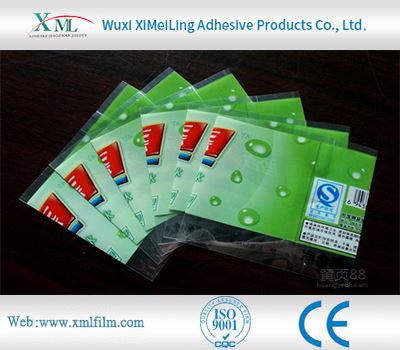
How Polyethylene Packaging Material Copes with High Temperature Environment
